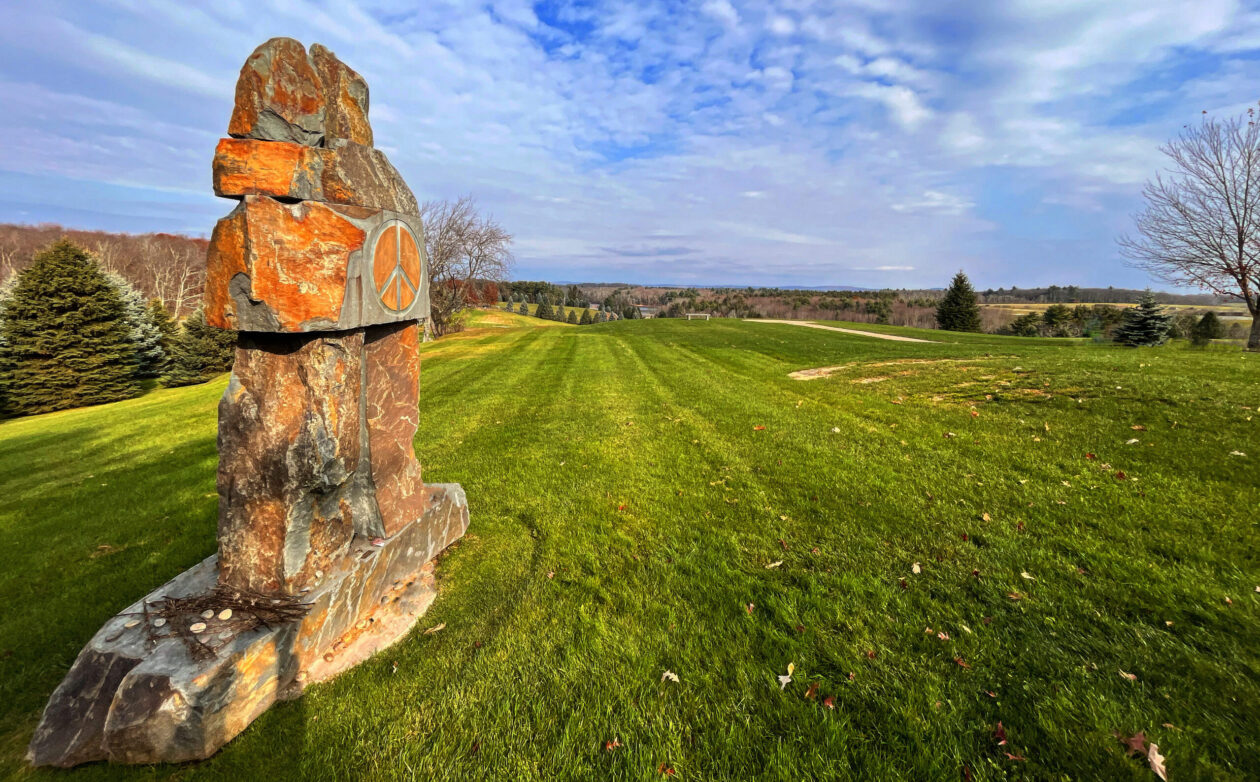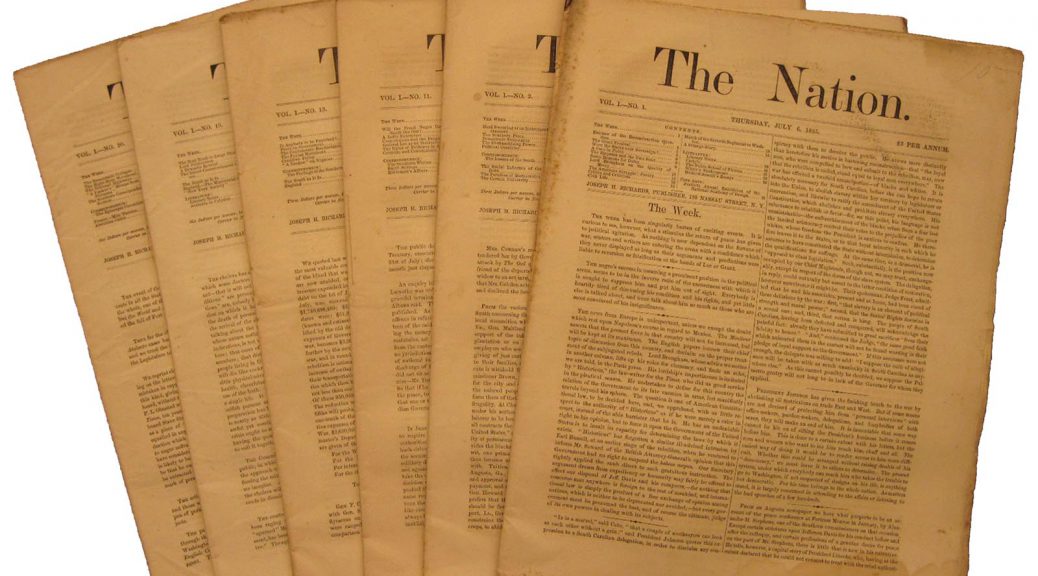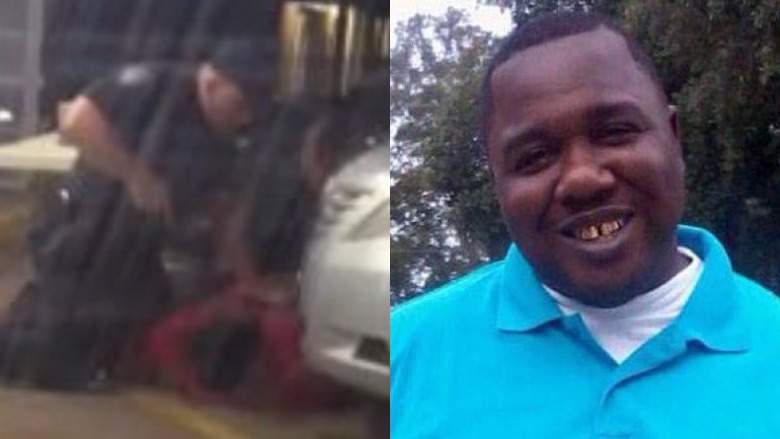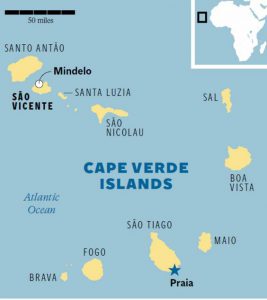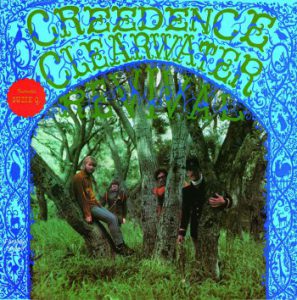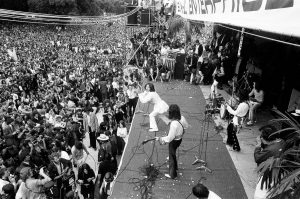July 5 Peace Love Art Activism
BLACK HISTORY
William Hamilton
July 5, 1827: a day after slaves were freed in the state of New York, 4,000 African Americans marched along Broadway through downtown streets to the African Zion Church, where abolitionist leader William Hamilton said, “This day we stand redeemed from a bitter thralldom.” Celebrations took place as far away as Boston and Philadelphia. In New York’s capital, Nathaniel Paul, pastor of the First African Baptist Society, declared, “We look forward … (to) when this foul stain will be entirely erased, and this, worst of evils, will be forever done way … God who has made of one blood all nations of men, and who is said to be no respecter of persons, has so decreed; I therefore have no hesitation in declaring this sacred place, that not only throughout the United States of America, but throughout every part of the habitable world where slavery exists, it will be abolished.”
Dred Scott
In 1830: after Peter Blow’s failure to farm in Alabama, he moved to Missouri with his slaves (including Dred Scott). (see Scotts for expanded story)
The Nation
July 5, 1865: The Nation magazine founded. Started by abolitionists as a successor to William Lloyd Garrison’s militant anti-slavery paper, The Liberator—it inherited his subscription list. [Nation history] (see July 6)
Elizabeth Lawrence lynched
July 5, 1933: Elizabeth Lawrence was walking home in Jefferson County, Alabamaa when a group of white schoolchildren threw rocks at her. She verbally reprimanded the children and continued walking. Later that evening, an angry mob went to Lawrence’s home, seized her, and burned her house to the ground. She was lunched that night for her perceived social transgression.
Her son Alexander sought the arrest of his mother’s murderers, but the mob reorganized an dpersued him, causing him to flee for his life to Boston, Massachusetts (next BH & Lynching, see Oct 18 or see Chronology for expanded Lynching history)
Scottsboro Nine
July 5, 1938: Alabama Governor Graves reduced Clarence Norris’s death sentence to life in prison. (see SB for expanded story)
Albany Movement
July 5, 1964: police arrested thirteen blacks in a test of a privately owned swimming pool.
Police Chief Laurie Pritchett said he had arrested 10 adults and three juveniles and charged them with idling and loitering after having been asked by the pool manager to leave.
James Peterson, a member of the Student Nonviolent Coordinating Committee, said the incident was a planned test of the swimming pool. (next BH, see July 9; see AM for expanded story)
Nelson Mandela
July 5, 1989: Mandela met informally with Mr. Botha at the presidential office in Cape Town. It is the first publicly acknowledged meeting between Mr. Mandela and a government official outside prison, and leads to speculation that he will soon be released. (SA/A, see Aug 15; Mandela, see Oct 15)
James Fowler
July 5, 2015: James Fowler, 81, died in Geneva County, Ala., said John Fleming, the journalist who conducted the critical interview with the former state trooper a decade ago. The cause was not immediately available, said Fleming, a former editorial page editor for the Anniston Star in Alabama who is executive editor of the Center for Sustainable Journalism in Kennesaw, Ga. [WP obit] (see July 15)
Alton B. Sterling
July 5, 2016: Baton Rouge (Louisiana) officers (both white), Blane Salamoni and Howie Lake II responded to a report that a black man in a red shirt selling CDs outside the Triple S Food Mart had threatened the caller with a gun.
In a cellphone video, showed an officer pushing Alton B. Sterling (black) onto the hood of the car and tackling him to the ground. Sterling was pinned to the ground by both officers, one kneeling on his chest and the other on his thigh, both attempting to control his arms.
Saying that Sterling had a gun and was going for it, they shot him. An autopsy indicated that Sterling had died from multiple gunshot wounds to his chest and back. (B & S, see March 26, 2017; Sterling, see May 2, 2017)
July 5 Peace Love Art Activism
US Labor History

July 5, 1917: on May 28, after the Bloomington & Normal Street Railway had refused to grant their demand, transit workers in Bloomington, IL went on strike for shorter hours, more pay, and, most importantly, union recognition.
After more than a month of frustrating strike limintation imposed by the court, the strikes invited Mary “Mother” Jones to speak at a rall.
On this date, she spoke and ended her address with the words, “Go out and get ’em.”
A riot ensued with strikers attacking streetcars and attempting to shut down the electric power station, but on July 9, the union was recognized, the strikers reinstated to their jobs. The workers won a 35-cents a day increase and their work day was decreased from 9 and-a-half hours to nine. (next LH, see Aug 1)
July 5 Peace Love Art Activism
Red Scare
July 5, 1952: Congress, passed the Gwinn Amendment, which required a loyalty oath of all residents of public housing who received federal funds. The oath requirement led to the highly publicized case of James Kutcher, a World War II veteran, who had lost both of his legs in the war, and who was a member of the Socialist Workers Party (see Dec 29).
The insidious aspect of all loyalty oaths of the Cold War era was that they had nothing to do with any specific criminal or unprofessional conduct on the part of individuals required to sign them.
Loyalty oaths were a special mania during the anti-Communist frenzy of the Cold War. Unlike traditional oaths of office, which involve an oath to uphold the Constitution and the country’s laws, Cold War loyalty oaths required people to swear that they were not members of the Communist Party and/or other radical parties or movements. Thus, they were oaths regarding membership and beliefs without reference to any actual or planned illegal action. [Justia article]
Nuclear/Chemical News
From October 1952 through July 1958: the United States tested nuclear weapons above ground nine times. (CW & NC, see Oct 3)
July 5 Peace Love Art Activism
INDEPENDENCE DAYS
Algeria
July 5, 1962: Algeria Independent from France. [Global article] (see ID for full listing of 1960s Independence Days)
Cape Verde
July 5, 1975: Cape Verde independent of Portugal. [Pan African article] (see July 6)
July 5 Peace Love Art Activism
July 5 Music et al
Future Woodstock Performers
July 5, 1968: Creedence Clearwater Revival released first album, Creedence Clearwater Revival. John Fogarty, age 23) (see In November)
Rock Venues
July 5, 1968: Bill Graham opened the Fillmore West concert venue in San Francisco. The hall was formerly called the Carousel Ballroom and was the home to many concerts. Graham stopped doing shows at the original Fillmore because of the neighborhood and the place needed work. (see June 27, 1971)
1969 Festivals
July 5 and July 11 – 12: Spectrum Summer Music Festival (Philadelphia, PA) (see Spectrum for expanded story)
Rolling Stones
July 5, 1969: the Rolling Stones proceed with a free concert in Hyde Park, London, as a tribute to Brian Jones; it is also the band’s first concert with guitarist Mick Taylor. Estimates of the audience range from 250,000 to 400,000.
The [bumpy] Road to Bethel
July 5, 1969: John Fabbri and Don Ganoung meet with transportation representatives from All-State Bus Corporation to discuss transportation for festival attendees. Fabbri and Ganoung also meet with NYCPD Chief Inspector McManus to help mobilize the Peace Service Corps. (see Road for expanded story)
July 5 Peace Love Art Activism
Vietnam
Voting Rights
July 5, 1971: the 26th Amendment to the United States Constitution, formally certified by President Nixon, lowered the voting age from 21 to 18. [NYT article]
Operation Ranch Hand
The summer of 1971, though the U.S. Department of Agriculture had banned herbicides containing Dioxinin 1968, spraying of Agent Orange continued in Vietnam until 1971. Operation Ranch Hand had sprayed 11 million gallons of Agent Orange — containing 240 pounds of the lethal chemical Dioxin — on South Vietnam. More than one seventh of the country’s total area has been laid waste. [NCBI article] (Vietnam, see Aug 20; VR, see March 21, 1972)
Operation Popeye
July 5, 1972: the program ended. (next V, see July 10 > 14; see OP for full story)
July 5 Peace Love Art Activism
LGBTQ
AIDS
July 5, 1981: The New York Times printed the first story of a rare pneumonia and skin cancer found in 41 gay men in New York and California. The CDC initially refered to the disease as GRID, Gay Related Immune Deficiency Disorder. When the symptoms were found outside the gay community, Bruce Voeller, biologist and founder of the National Gay Task Force, successfully lobbied to change the name of the disease to AIDS. (AIDS, see “by December 31, 1981”; LGBTQ, see January 28, 1982)
Barry Winchell
July 5, 1999: because of his being gay, Calvin Glover bludgeoned U.S. Army Pfc. Barry Winchell in his sleep with a baseball bat at Fort Campbell, Kentucky; Winchell died the next day from his injuries. Glover was later convicted for the murder of Winchell and is serving a life sentence. [Vanity Fair article] (see September 22, 1999)
July 5 Peace Love Art Activism
Feminism
July 5, 1993: marital rape became a crime in all 50 states, in at least one section of the sexual offense codes, usually regarding force. [NCJRS article] (next Feminism see August 5, 1993)
July 5 Peace Love Art Activism
Cannabis
July 5 – 9, 2017: according to Gallup’s July 5 – 9 survey, 45% of Americans had tried marijuana. If accurate and utilizing 2016 data from the U.S. Census Bureau, more than 112 million adults had tried marijuana at least once in their lives.
Gallop began polling about marijuana in 1969. In 1969, 4% of respondents claimed to have tried the drug. By 1999 (three years after California became the first state to legalize medical cannabis for compassionate use), 34% of respondents had claimed to have tried marijuana. Between the mid-1980s and 2010, that figure was essentially static, give or take a few percent. (next Cannabis, see July 24 or see CCC for expanded chronology)
July 5 Peace Love Art Activism
Immigration History
July 5, 2018:
- Health and Human Services Secretary Alex Azar reported that no immigrant children separated from their parents had been reunited with each other despite a looming court order deadlines to do so.
- Azar said there were somewhat fewer than 3,000 children who were separated from their parents when they jointly tried to illegally cross the border with Mexico.
- HHS has until July 10 to begin placing some of those children with their parents.
- U.S. District Judge John Mendez of Sacramento upheld the core of California’s sanctuary laws , restricting state and local cooperation with federal immigration agents, and sent a terse message to the Trump administration: Solutions to the immigration impasse must come from Congress, not the courts.Mendez halted enforcement of one new state law that penalizes private employers who allow immigration agents into their workplaces. But he said the state was not interfering with U.S. immigration policy in its main sanctuary law, which prohibits police and sheriff’s offices and state authorities from notifying federal agents of the upcoming release dates of undocumented immigrants in local custody. “California’s decision not to assist federal immigration enforcement in its endeavors is not an ‘obstacle’ to that enforcement effort,” said the judge. “Standing aside does not equate to standing in the way.” [SF Chronicle article] (next IH, see July 9; lawsuit, see April 18, 2019)
